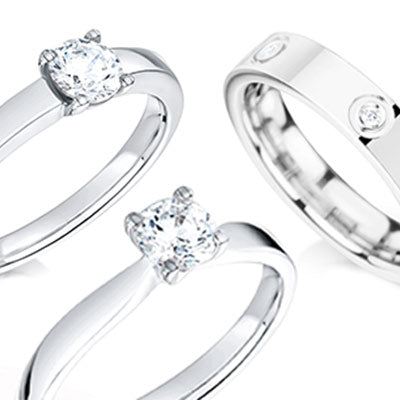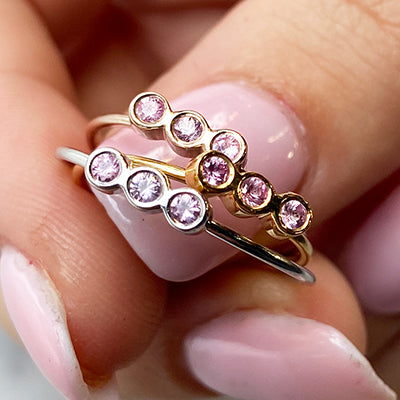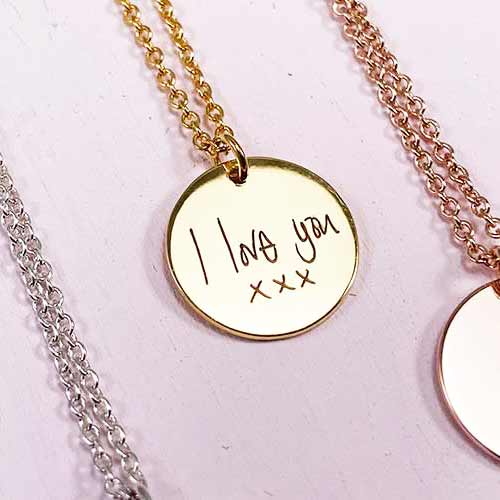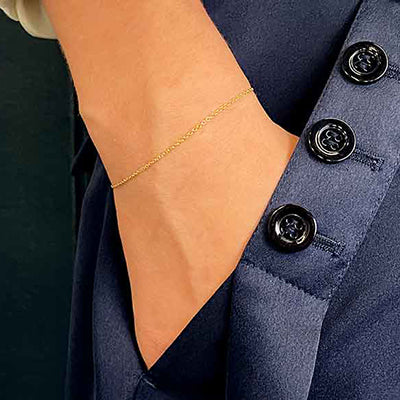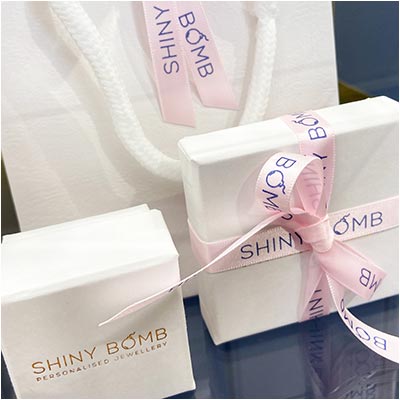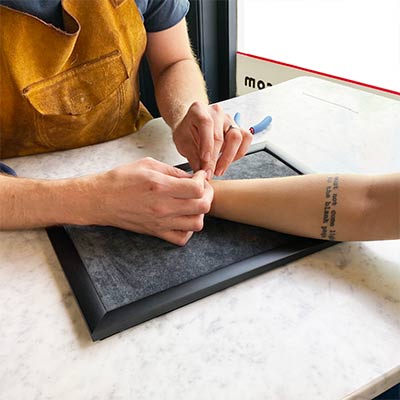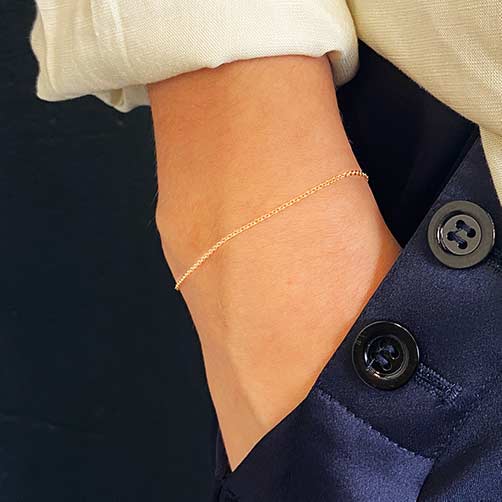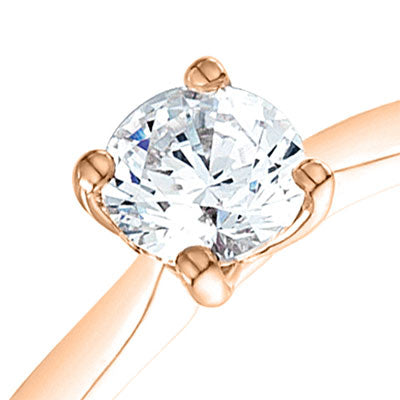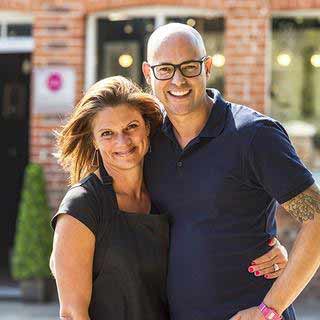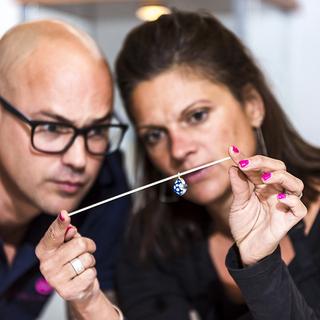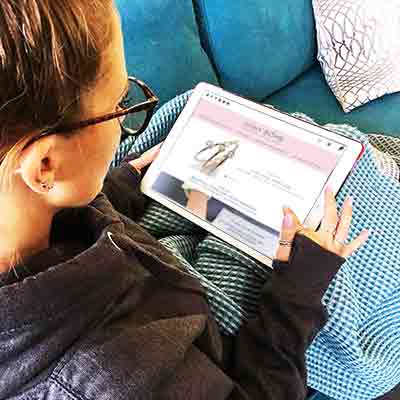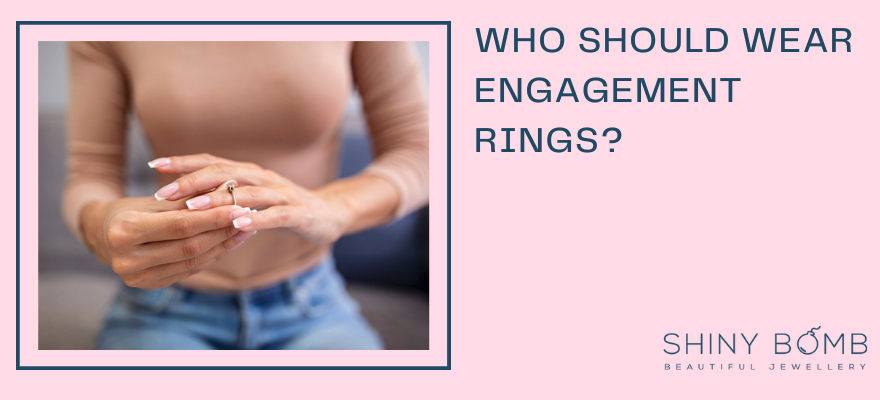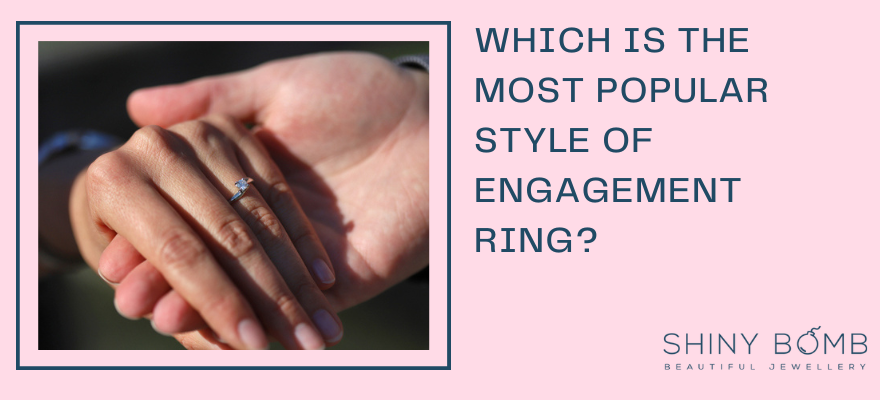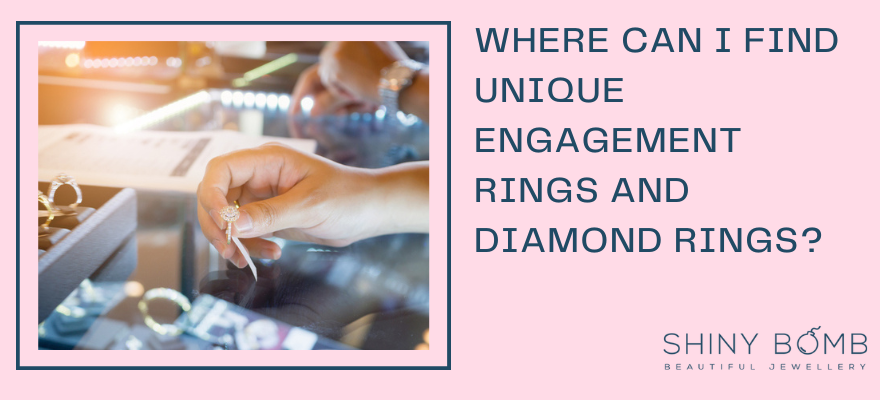
There is a lot that goes into choosing the ideal engagement ring. Many articles will focus on the gemstone, helping you to choose things like the type of stone, the size and the shape. But another key part of the engagement ring decision process is choosing the engagement ring setting.
The setting will often influence the shape of the stone you can choose, so it’s often a good idea to have some knowledge about how the setting will influence the entire ring. In this guide, we’ll look at this lesser-known part of engagement ring selection so you can make an informed choice about your ring.
What is an engagement ring setting?
The setting refers to how the stone is attached to or mounted into the band. In general, the setting is designed to enhance and highlight the beauty of the stone. If you’re spending a lot of money on an expensive stone, you want to make sure you are displaying it in the best possible way.
A great example of this is the classic Tiffany engagement ring setting. This brand has settled on an iconic design that they use for all of their rings. It is a 6 prong setting that holds the stone above the band, allowing light to hit it from all angles. This helps to produce the iconic sparkle that Tiffany's solitaire engagement rings are known for.
While this is a popular setting for a solitaire ring, there are many other ring options available. The one that you choose should depend on your choice of stone and the style and preferences of the wearer.
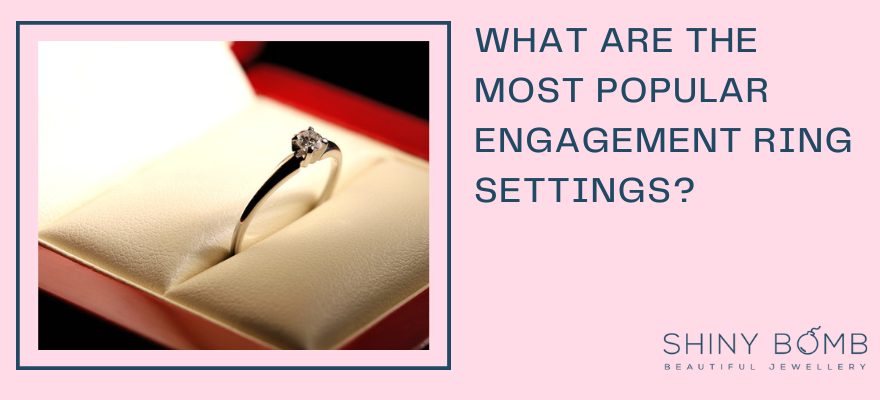
What are the most popular engagement ring settings?
The most popular types of engagement ringsettings are:
- Solitaire Setting: The solitaire setting is a classic and timeless choice. It features a single, prominently displayed diamond or gemstone set on a simple band. This setting emphasises the beauty and brilliance of the centre stone.
- Halo Setting: In a halo setting, a centre diamond or gemstone is surrounded by a circle (or halo) of smaller diamonds or gemstones. This setting adds extra sparkle and enhances the appearance of the centre stone.
- Three-Stone Setting: The three-stone setting features a centre diamond or gemstone flanked by two smaller stones on each side. These stones are often chosen to represent the past, present, and future of a relationship, making it a meaningful choice.
- Pave Setting: Pave settings are characterised by small diamonds or gemstones set closely together along the band, giving the appearance of a "paved" surface. This setting adds extra brilliance and sparkle to the ring.
- Channel Setting: In a channel setting, small diamonds or gemstones are set within a channel or groove along the band of the ring. This creates a sleek and modern look while securely holding the stones in place.
- Bezel Setting: Bezel settings feature a metal rim that surrounds the entire perimeter of the centre stone. This setting provides excellent protection for the stone and offers a contemporary and minimalist appearance.
- Tension Setting: Tension settings use the pressure of the metal to hold the centre stone in place, giving the appearance that the diamond is floating. This modern and minimalist setting showcases the stone's brilliance.
- Cathedral Setting: Cathedral settings have arches or slopes that rise on either side of the centre stone, creating an elegant and regal appearance. This setting adds height and prominence to the centre stone.
- Twisted/Bypass Setting: Twisted or bypass settings feature a band that splits and crosses over each other, allowing the centre stone to sit between the two ends. This design adds a unique and romantic touch to the ring.

Which setting should I choose?
If you’re struggling to choose a diamond engagement ring setting, ask yourself the following questions before making a decision.
1. Am I highlighting or enhancing a stone?
If you have a smaller budget, you’re more likely to want to enhance the appearance of a modest stone. Those with a larger budget will want to highlight the elegance of the diamond. To enhance a stone, you want to use surrounding stones or the setting to make it appear larger. In this instance, a halo setting would be ideal. You could also choose a cathedral setting to make the stone appear larger.
If you have a bigger budget to spend on a larger stone, highlight it with a solitaire setting. This will enable the stone to take centre stage and will elevate it so that light can enter the diamond from all angles.
2. Is the wearer known to be hands-on?
Another key factor to consider when choosing the ideal engagement ring setting is the lifestyle of the wearer. While all of the settings will be secure to an extent, some settings are stronger than others.
If the person is very hands-on, a bezel setting will offer the best security for the stone. This will place the stone securely in the band and protect it from damage. For those who are known to be more delicate and careful, you could consider more delicate settings like prong settings and tension settings.

3. Does it fit the style?
The final question to ask yourself before choosing an engagement ring setting is about the style of the ring.
Modern rings lend themselves more to unique settings like tension, bezel and bypass settings. Vintage rings will often have a three-stone setting, a cathedral setting or a pave setting.
Statement engagement rings will often have a halo or pave setting to make the stone appear larger and more ostentatious. Very delicate and minimalist rings will often have a solitaire prong setting, or perhaps even a bezel setting.
Final thoughts
The choice of setting for your engagement ring is not something that should be left to chance. If you know the style you are looking for and you have a good idea of the budget for the stone, this should make it much easier to settle on the final ring. Allow these factors to narrow down your selection by starting with the setting selection and expanding your search from there. You can also find more top tips for buying the right engagement ring on our blog.

